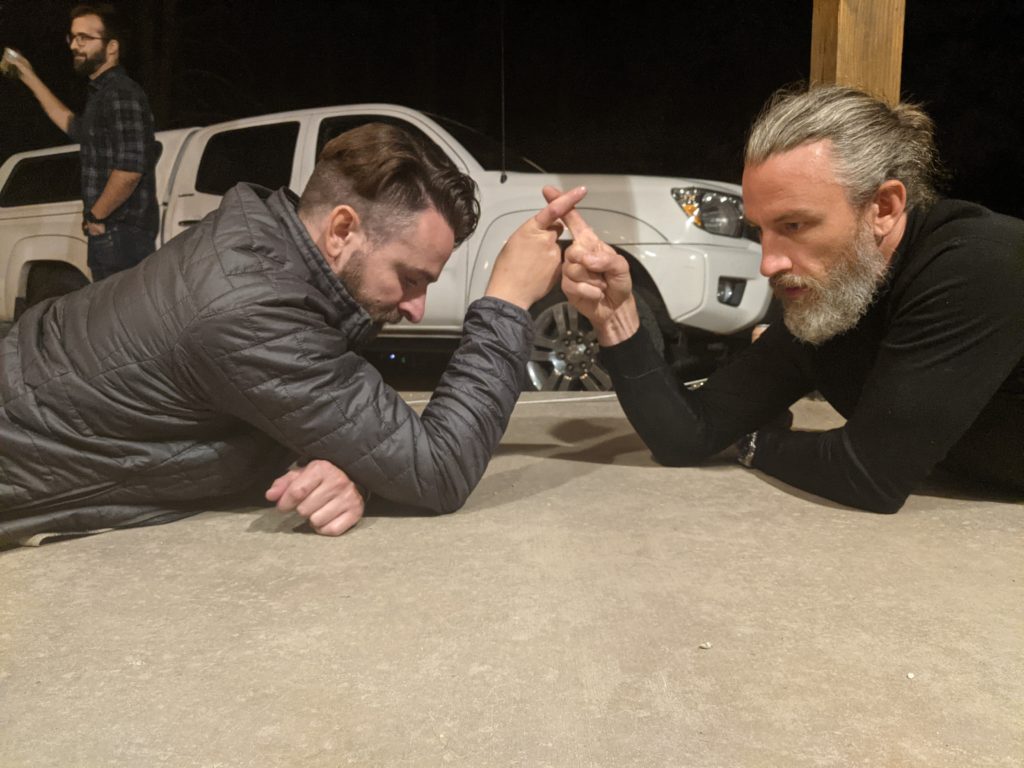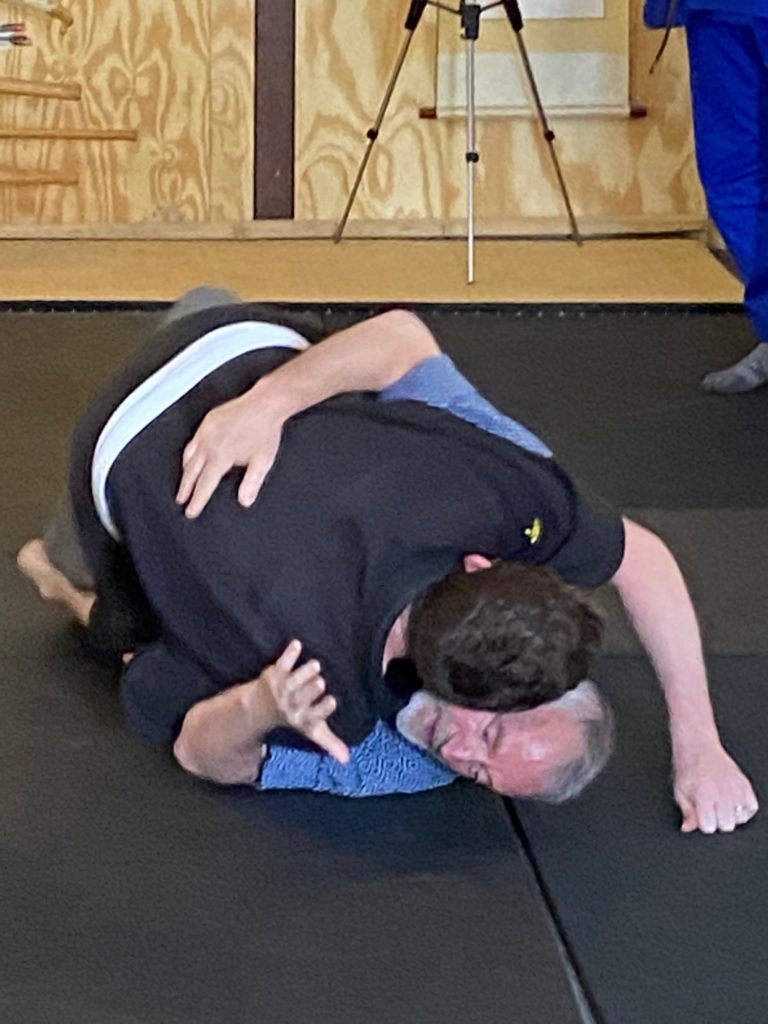Classical and Modern Japanese Martial Arts: Principles and Practice
Drawing on publicly provided sources from our research, we can explore the principles and practices that define classical (koryu) and modern (gendai budo) Japanese martial arts.
Historical Context:
•Koryu bujutsu, meaning “old flow” or “classical martial arts” of Japan, generally refers to martial traditions that originated prior to the Meiji Restoration in 1868 or the Haitorei (Sword Abolishment Edict) in 18761…. This is the primary historical distinction from gendai budo (modern martial arts), which were founded after this period4….
•Another perspective suggests that koryu bujutsu are those arts developed for actual use on the battlefield, particularly those from the sixteenth century and earlier2…. These arts were developed by and for the bushi, or warrior class (samurai) of Japan’s feudal period7…. In contrast, gendai budo emerged after the disbanding of the warrior class4.
•The relatively slow evolution of Japanese tools of war in comparison to other parts of the world is believed to have afforded the warrior class the opportunity to study their weapons in greater depth10.
Purpose and Focus:
•The primary purpose of koryu martial arts was for use in war3. For traditions that still exist from pre-Tokugawa Japan, the effectiveness of the killing technique is still paramount8. Even those developed during the peaceful Tokugawa shogunate aimed to help warriors maintain fighting skills8.
•Gendai budo, on the other hand, generally have a primary focus on the self-improvement (mental, physical, or spiritual) of the individual practitioner, with varying degrees of emphasis on the practical application for sport or self-defense3…. Examples of gendai budo include judo, kendo, and aikido4.
•James Williams, sensei and Kaicho of Nami ryu Aiki Heiho, emphasizes that historically, the warrior trained to be more effective at killing the enemy, which was their “prime directive” . This contrasts with the modern shift where arts may focus on becoming a “better human being”. He also notes that the historical term budo did not mean “the way of peace” in the 16th century but had a different meaning related to the warrior’s function. Bujutsu specifically refers to the practical application of martial tactics and techniques in actual combat, while bugei refers to their adaptation for systematic instruction14.
Lineage and Transmission:
• Koryu traditions have a lineage that runs back through each headmaster or menkyo kaiden (license of total transmission) (or equivalent) to the founder. The student-teacher relationship is central to the transmission of techniques, and learning is often individualized…. Instead of the dan grades of modern arts, koryu use traditional licenses granted when the teacher deems the student ready ….
• Komagawa Kaishin-ryu is particularly unique in that the only authorized teacher is the soke (headmaster), currently Kuroda Yasumasa Sensei…. To learn any technique or kata, one must learn directly from the soke, and there are only a handful of official practice groups (keikokai) authorized worldwide…. This strict transmission is to preserve the original forms of the kata.
Training Methodology:
• In koryu, protective gear is typically not used, as safety is considered less important than efficacy. While wooden weapons are common, they can still cause significant damage, and training involves functioning “out at the edge” of danger.
• Gendai budo, on the other hand, often incorporate sporting elements and can be taught to large groups…. For example, kendo utilizes bamboo swords (shinai) and protective armor (bogu) to allow for full-speed practice. Judo emphasizes freestyle practice (randori) and competition23.
• James Williams sensei points out that koryu training, particularly those with battlefield origins, was training for war, involving multiple opponents with various weapons and an emphasis on deception and killing, which is radically different from modern sport or self-defense training. He suggests that true understanding of the ancient arts requires exposure to true danger.
• Williams also discusses the concept of an “operating system” in martial arts, focusing on underlying principles (like distance, timing, and relationship) rather than rigid techniques…. He notes that in some koryu, such as Komagawa Kaishin-ryu as taught by Kuroda Tetsuzan Sensei, kata is used to teach the theory behind the movements.
Philosophical Underpinnings:
• Koryu emphasizes efficacy in combat, sometimes with the effectiveness of a killing technique being paramount8. The student-teacher relationship within the unique social structure of the ryu is also a key philosophical element….
• While not exclusive to koryu, James Williams mentions the samurai arts aimed for states of mushin (empty mind) and mizu no kokoro (mind like water)30. He also highlights the warrior’s “prime directive” of being effective at killing the enemy12. The concept of satsujinken-katsujinken (the sword that kills is the sword that gives life by protecting the innocent) is also relevant to the classical warrior ethos31.
• Gendai budo often emphasize self-improvement, personal growth, and spiritual development…. The replacement of jutsu (technique) with do (way) in many modern arts reflects this shift towards a “path” of self-cultivation33. Courtesy (rei) is considered of prime importance in modern martial arts.
• Williams sensei suggests that as one trains from the proper perspective, they become more in harmony with universal law and less involved with ego, potentially leading to a realization that conflict is inefficient ….
In summary, while both koryu and gendai budo have roots in Japanese martial traditions, they differ significantly in their historical development, primary purpose (combat effectiveness vs. self-improvement), training methodologies, transmission, and underlying philosophical focus. Koryu like Komagawa Kaishin-ryu maintain a strong connection to their feudal origins, emphasizing practical combat application and often a highly structured system of teaching and lineage, as seen in the exclusive teaching authority of the soke in Komagawa Kaishin-ryu. Modern arts have evolved to serve different purposes in a post-feudal society, often incorporating aspects of sport, physical fitness, and personal development.














